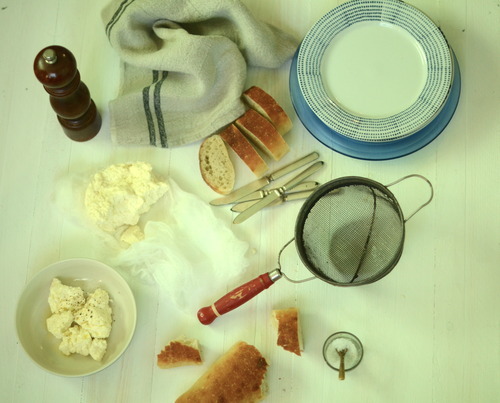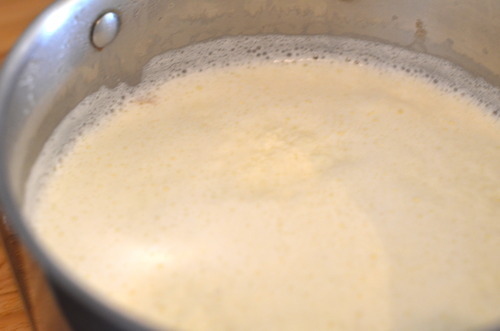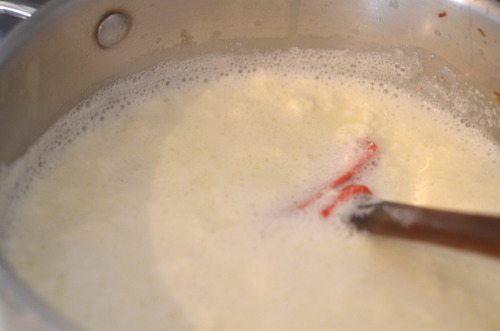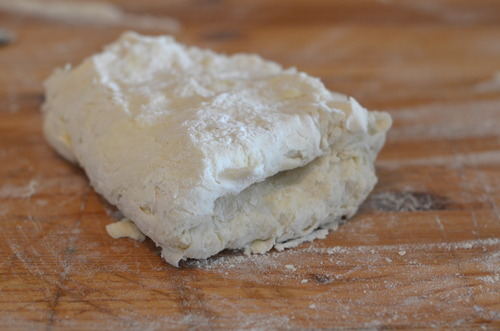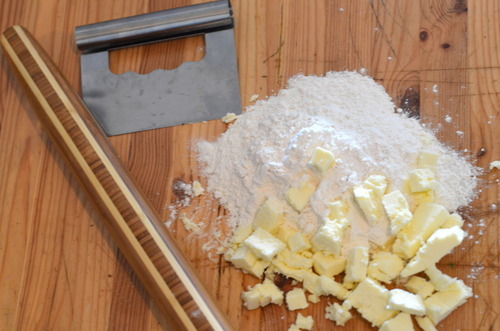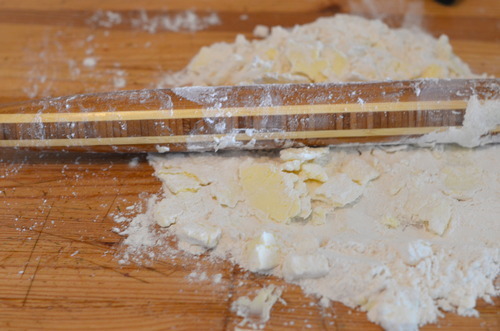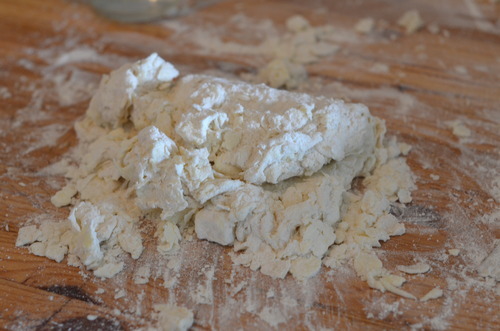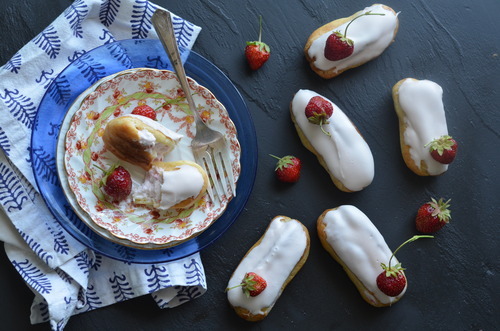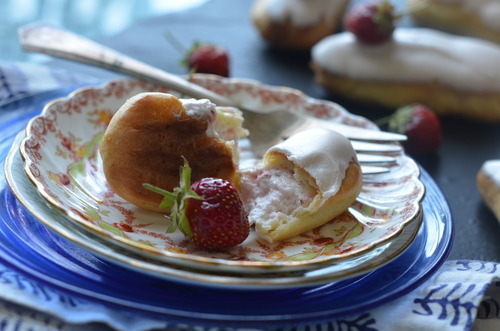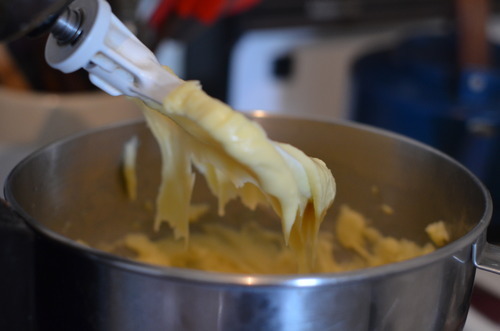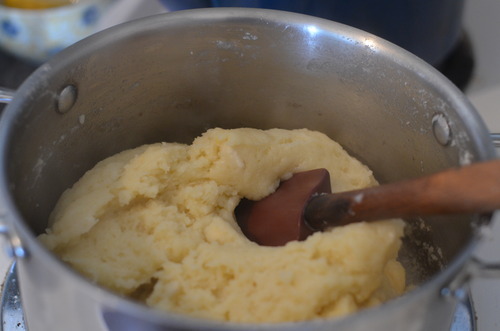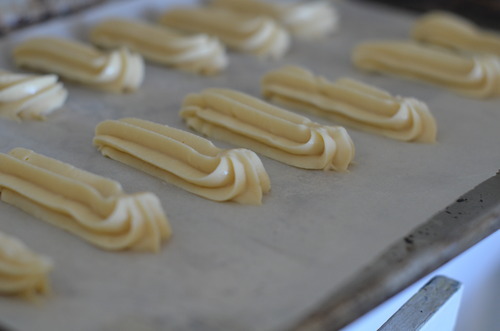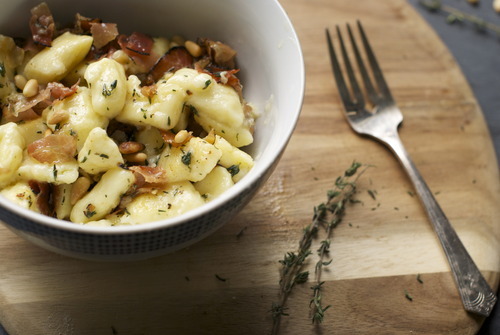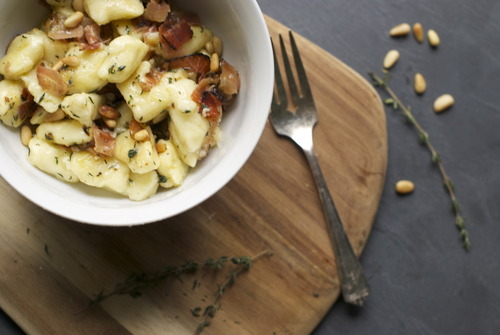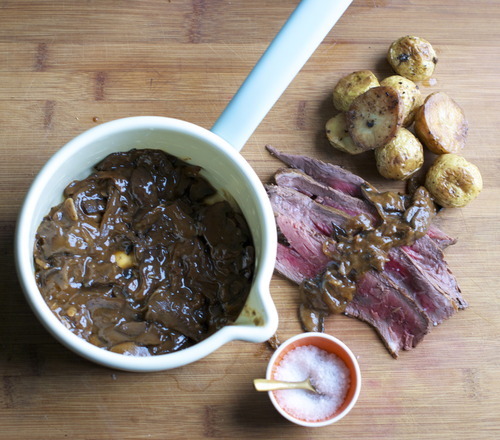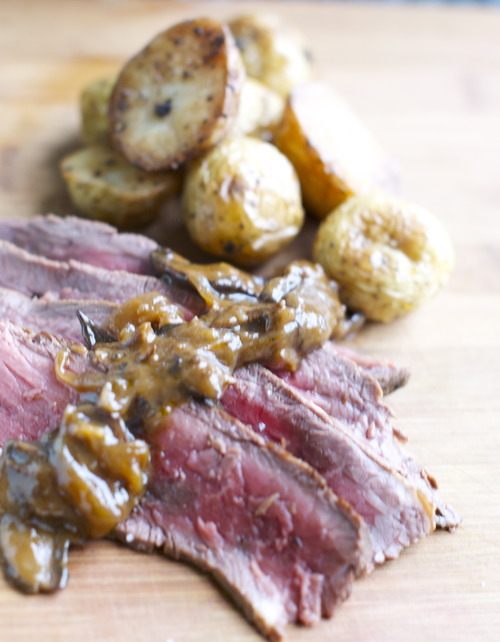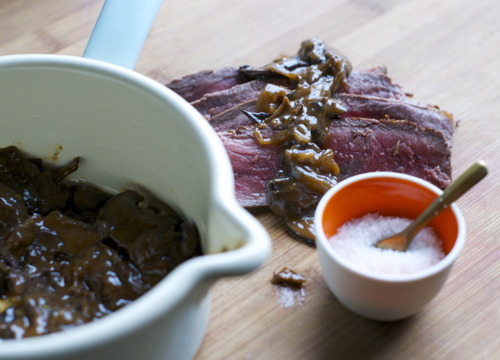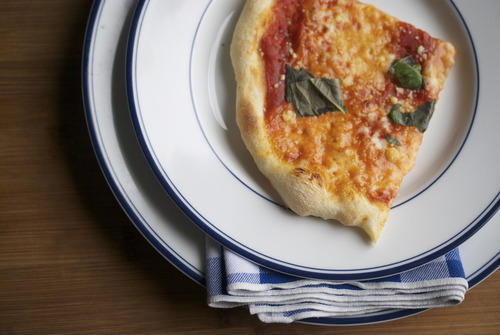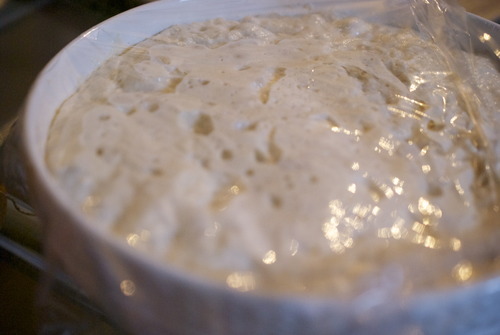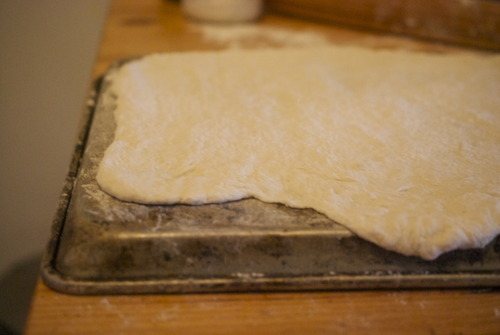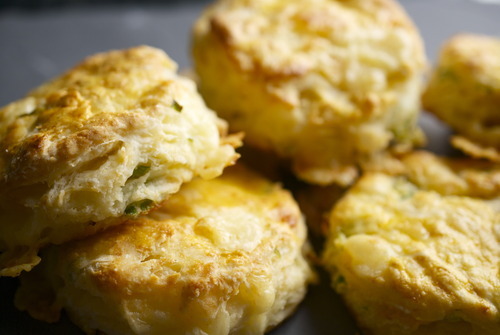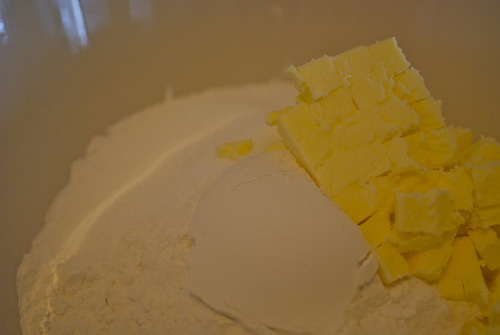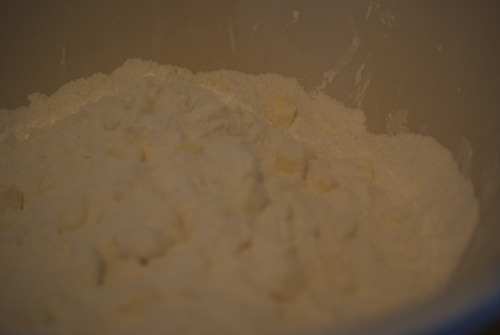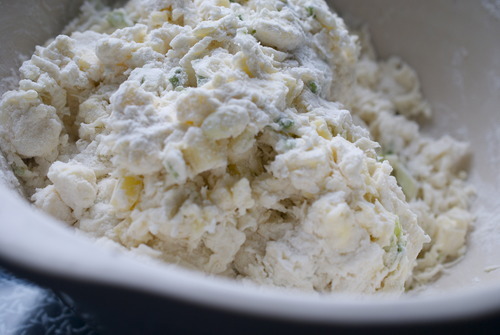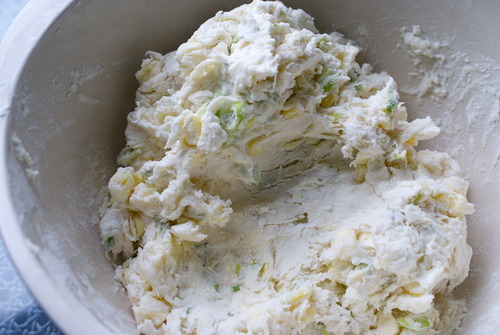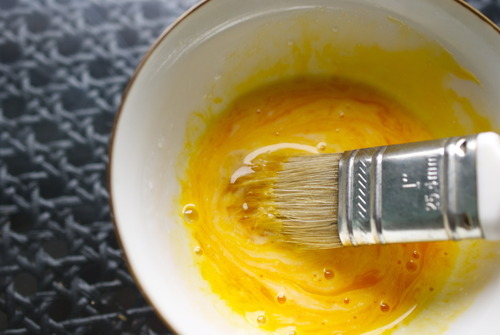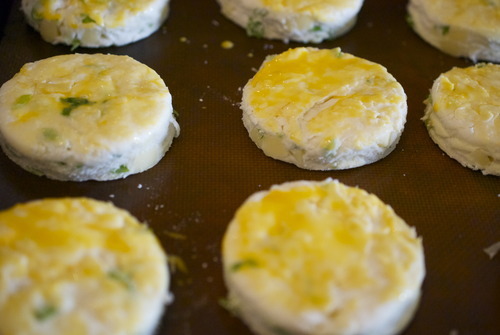Tuesday Tutorials- Ganache and Coconut Truffles
/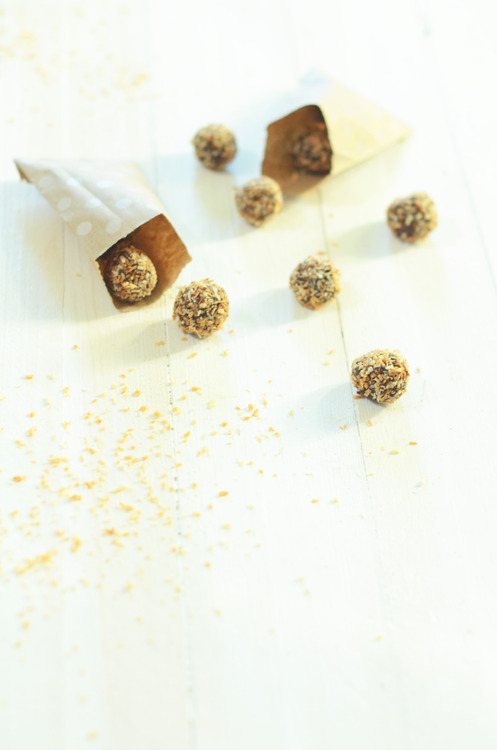
Today, let’s take about Jordan.
He’s handsome, and charming. He’s so kind, sometimes it blows me away. He also has no problem saying no to me, which I find to be an incredibly great thing about him. He will bend over backwards to do anything for me, but if I’m bring a brat, he won’t hesitate to tell me.
He’s tall, but not too tall. He makes great cocktails.
Generally, he is an exceptional guy. I’m very fond of him.
His greatest fault though, is his lack of a sweet tooth. I am constantly shoving pastries around him, and he’ll eat a bite or two, and then move on. He’s supportive, he tells me if it’s great, but he’s not into eating a huge bowl of something.
Unless it’s chocolate. That man can down chocolate. Brownies, ice cream, cookies, consider it gone. And above all, he has absolutely zero control when it comes to ganache.
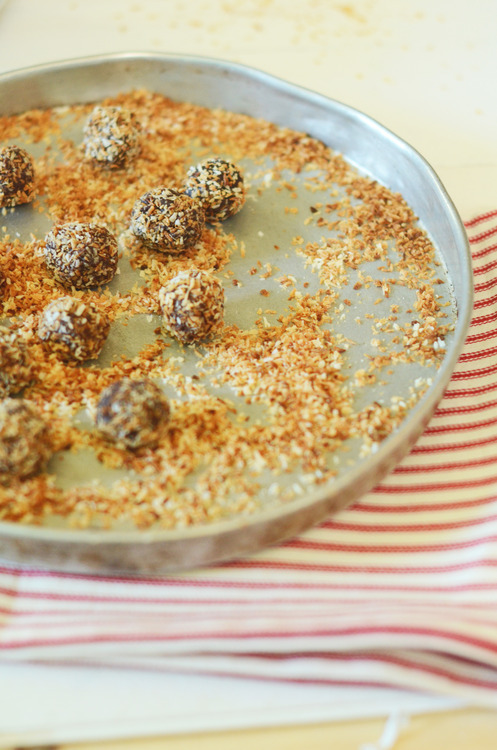
He gets a sneaky look in his eye, and if I leave him near a bowl of it for an hour, the bowl will be scraped clean when I return. It’s actually kind of crazy. And for that reason, I don’t make it often.
Except after Valentines. I always feel like guys have a rough go on Valentines, I mean, no one wants to be told that they have to be extra nice one day or they’ll get in trouble, even though no one really knows why they have to be extra nice. But none the less, off they go. Jord bought me some gorgeous flowers, made me a beautiful meal of pistachio roasted lamb and wild mushroom risotto, and took me to an awesome show. It was a wonderful night. And as such, I made some ganache.
This is the ganache recipe to end all ganaches. It is perfect in every way. I so wish that I had come up with it, but the geniuses at Eleven Madison Park did.
To make a ganache you are basically emulsifying chocolate with fat and liquid, and it can be a bit finicky. This one uses honey (well, if we’re being totally real here it uses cornsyrup, but I use honey because it’s more delicious and non GMO) and it helps the whole thing stay together. The butter we whisk in at the end makes it just the tiniest bit richer, and the whole thing has the perfect consistency for making truffles, or glazing cakes, or eating by the spoonful out of the bowl.
Sometimes, you have to give the man a treat.
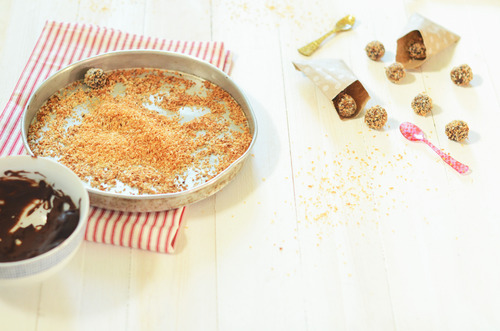
Honey Ganache
2 2/3 cup Heavy Cream (or Coconut Milk)
1/3 cup Honey
½ cup Butter
4 cups Chocolate chips, 60% cocoa or higher
1 tsp Salt
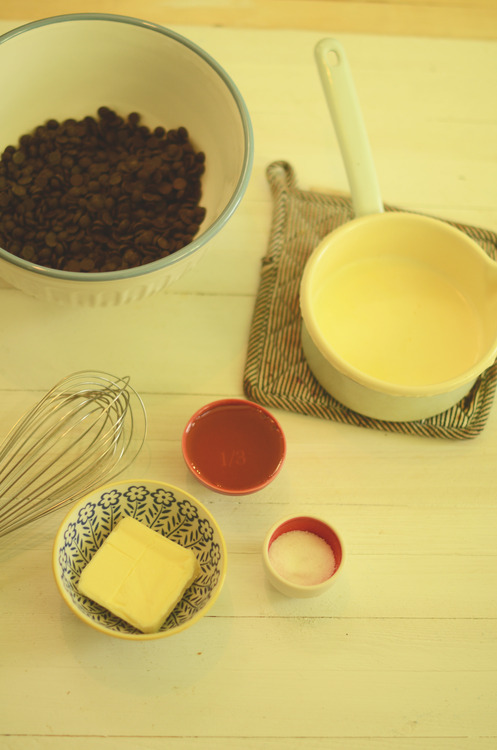
In a medium pot bring the honey, salt, and cream to a simmer. Milk is apt to boiling over so be mindful.
Pour the cream mixture over top of the chocolate and let sit for 1 minute.

Use a whisk and gently stir the ganache to emulsify it, working just in small twirls in the center of the bowl until it is all mixed in together.
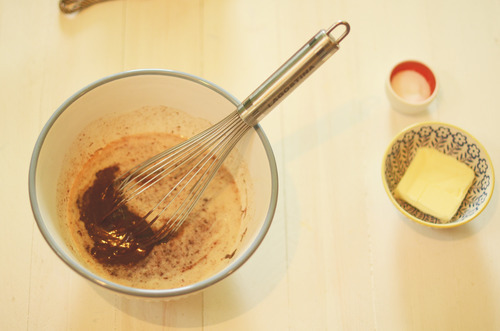
Add the butter piece-by-piece whisking until each piece is emulsified in before adding the next.
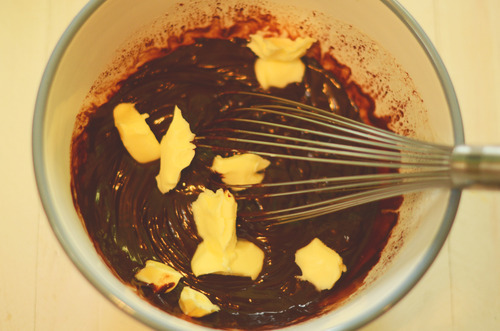
Use immediately if you are glazing a cake, if you want to make truffles or use it as a frosting allow to sit, covered with seran wrap at room temperature for at least 12 hours. For these ones I used coconut milk instead of cream, and rolled the set truffles in toasted coconut.



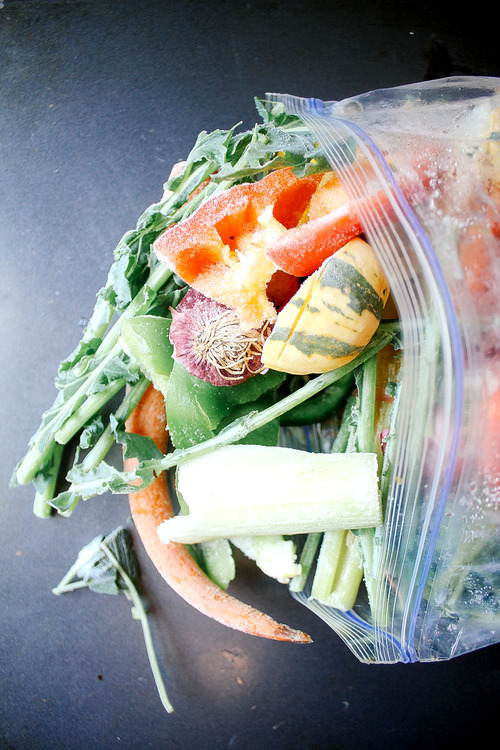
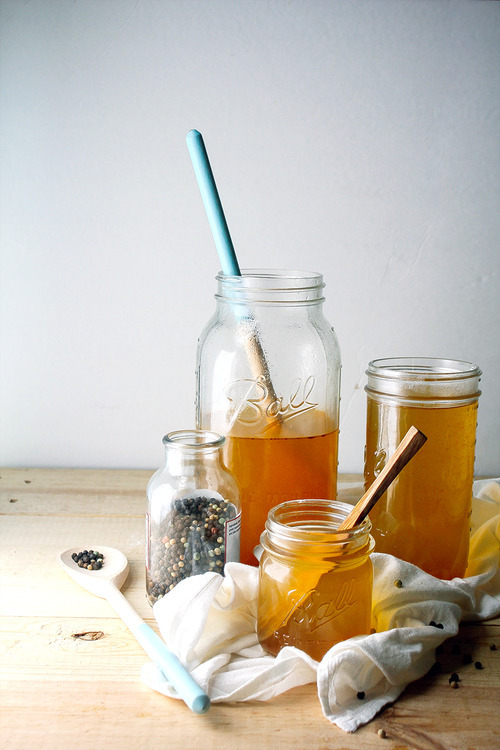
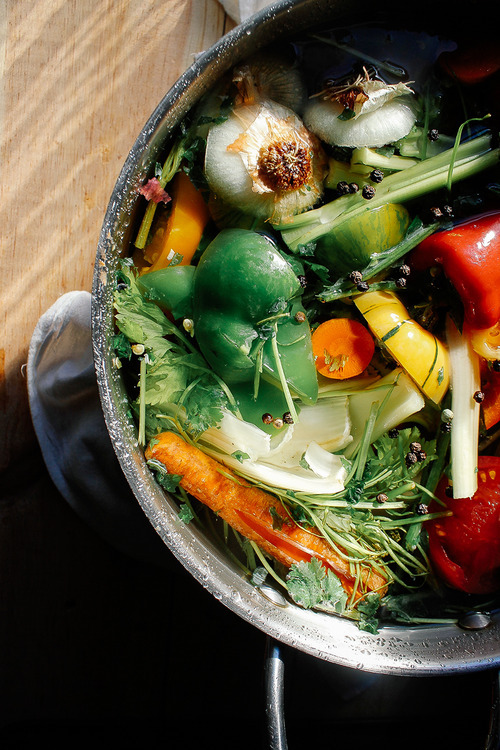
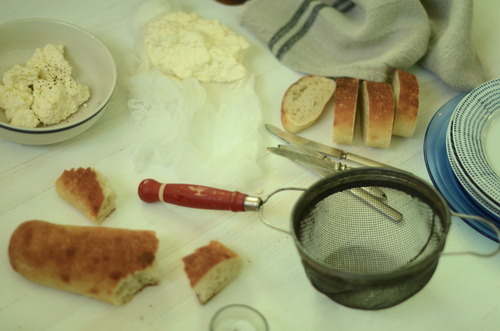 ,I live in a very Italian neighbourhood, and my local market makes the most outrageously good ricotta cheese. The thickest, creamiest, most glorious ricotta I’ve ever had. It’s so good.
,I live in a very Italian neighbourhood, and my local market makes the most outrageously good ricotta cheese. The thickest, creamiest, most glorious ricotta I’ve ever had. It’s so good.